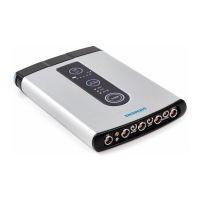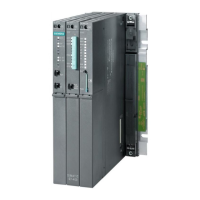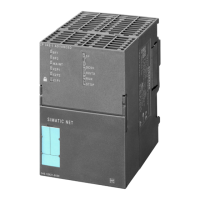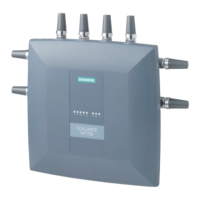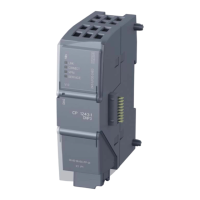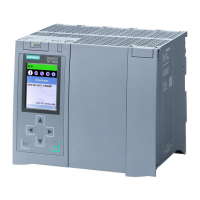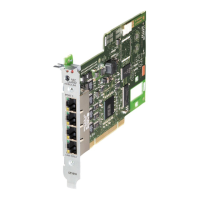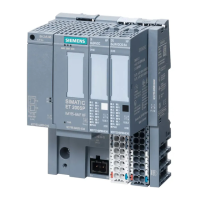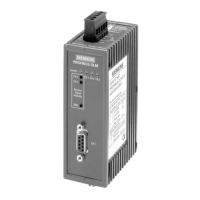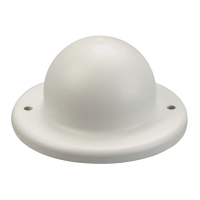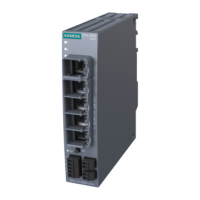Basics of communication with Industrial Ethernet
1.3 Technologies of Industrial Ethernet
Industrial Ethernet
34 System Manual, 09/2019, C79000-G8976-C242-10
ICMP ICMP ICMPv6
Router Solicitation (ICMPv6 type 133)
Sent by a client to localize servers.
Router Advertisement Messages (ICMPv6 type 134)
Sent by a server as response to a Solicit message to indicate
availability.
Neighbor Solicitation Messages (ICMPv6 type 135)
Node send Neighbor Solicitation messages to obtain the data
link layer address of a neighbor node. Neighbor Solicitation
messages are used to establish whether a neighbor node is
still reachable via a buffered data link layer address. Neigh-
bor Solicitation messages are also used to recognize dupli-
cate addresses.
Neighbor Advertisement Messages (ICMPv6 type 136)
A node sends Neighbor Advertisement messages as a reac-
tion to a Neighbor Solicitation message. The node can also
send unsolicited Neighbor Advertisement messages, to make
a change in the data link layer address known.
Redirect Messages (ICMPv6 type 137)
Use Redirect messages to inform hosts of a better first hop to
a destination or to inform them that the destination is located
Ports UDP
DHCP, ports client 546 & server 547
Router discovery optional mandatory
When router discovery is used in addition, the node is in-
formed of the following
• further IPv6 addresses
• router addresses
• further configuration parameters e.g. via DHCP
Quality of Service Type of Service (ToS) for
The prioritization is specified in the header field "Traffic
Types of frame Broadcast, multicast,
Multicast, unicast, anycast
Identification of DHCPv6 cli-
ents/server
Client ID:
MAC address
DUID + IAID(s) = exactly one interface of the host
DUID = DHCP unique identifier
Identifies server and clients uniquely and should not change.
No modification when replacing network components.
IAID = Identity Association Identifier
at least one per interface is generated by the client and re-
mains unchanged when the DHCP client restarts
Three methods of obtaining the DUID
• DUID-LLT
• DUID-EN
• DUID-LL
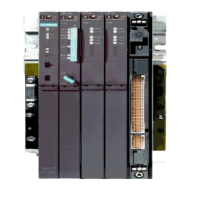
